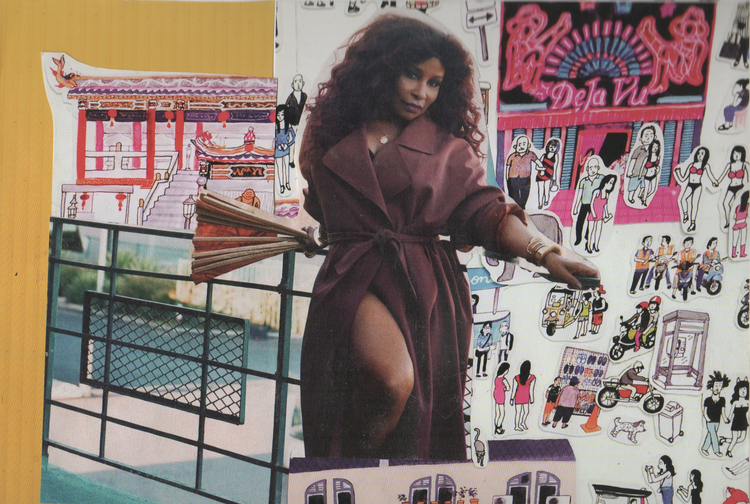Collaging as a Meditative Practice for Black Futures
I recently read an article in the Paris Review by Sasha Bonét - “Reimagining Black Futures” on Lorna Simpson, the Black imaginative practice of collaging, and Black femininity. As a self-identified Black woman this article touched a piece of my heart I never knew needed to be held. While I’ll never be as profound a writer as Sasha, I will always remember these words as I explore my own collage practice.
“Collaging is a historical practice of Black imagination. It has helped us to envision unfathomable futures in the face of violence and uncertainty. It has been a creative way to love each other even though we haven’t been shown care, to express the depths of our experiences even when no one ever asked how we felt, to give evidence to all the things unseen. This is much like the work of Spiral, an art collective formed in the sixties, whose members included the recently departed Emma Amos and the late Romare Bearden. For Spiral, collaging served as visual representation of Black quotidian life. It deconstructed internalized white-supremacist stereotypes of Blackness, providing momentum to the civil rights movement.” - Sasha Bonét for the Paris Review
I began collaging some years ago, playfully cutting up pieces of old magazines and paper and gluing them to discarded postcards. Creating based on color or shape or whatever fit on the paper. I didn’t pick it up again until 2019 while sitting in the park. The solace and tranquility felt while delicately cutting pieces to glue down was therapeutic. I hadn’t felt this type of creative intuitiveness since I tried becoming an amateur florist. It stuck with me and became a meditative practice I dive into deeply. I keep a lot of my work like someone keeps a journal or diary - close to me. I never thought of my work as re-imagining Black futures, but after reading Sasha’s piece and re-examining my work - the words ring true. I am unconsciously, yet intentionally re-imagining Black futures using the tools that have always been deep within myself - the creativity, ingenuity, intuitiveness, magic, and power that has always been deep within Black women and femmes.
I end my reflection with another excerpt from Sasha Bonét’s piece:
The most precious and valuable tool of the empire was the womb of the Black woman. In order for America to reconcile its reality with its image of itself, it has to reckon with this history first. And it hasn’t, and it can’t, because it has forgotten who its mama is.
With love,
Kurston






